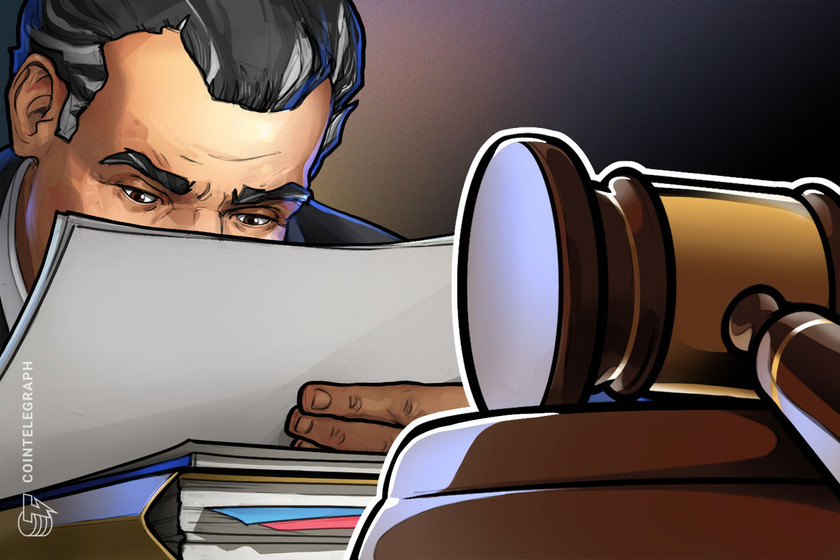Trading on major exchanges spiked following collapse of Terra, FTX: BIS report


The report suggests that whales with Binance, FTX and Coinbase “probably cashed out at the expense of smaller holders” by reducing their BTC stockpiles as retail investors bought.
A report from the Bank for International Settlements (BIS) suggests that trading activity on major exchanges increased in the days following the collapse of crypto firms FTX and Terraform Labs.
In a Feb. 20 bulletin on “crypto shocks and retail losses,” the BIS reports that while the price of Bitcoin (BTC), Ether (ETH) and other currencies dropped in 2022, the number of daily active users at some exchanges including Coinbase and Binance “increased markedly” following news of the collapse of Terra and FTX. The bank suggested that “users tried to weather the storm” by moving their investments into stablecoins and other tokens likely not looking bearish at the time.


In contrast, the BIS reported that whales at the aforementioned exchanges “probably cashed out at the expense of smaller holders” by reducing their BTC stockpiles as retail investors bought crypto. The bank said analysts had looked at the number of downloads of crypto investment apps, noting that roughly 75% of users had downloaded an app when BTC was more than $20,000 and assuming each user bought $100 in BTC the first month and each subsequent month.
Related: BIS-funded regulator to probe DeFi entry points like stablecoins
“Data on major crypto trading platforms over August 2015–December 2022 show that […] a majority of crypto app users in nearly all economies made losses on their bitcoin holdings,” says the BIS report. “The median investor would have lost $431 by December 2022, corresponding to almost half of their total $900 in funds invested since downloading the app.” The bank adds:
“While the crypto collapse may have affected individual investors, the aggregate impact on the broader system was limited.”
The market crash of 2022 has had industry leaders and regulators speak out on various concerns, from the lack of oversight at a major exchange like FTX to how the crypto market could grow to have the potential to impact traditional financial markets. In the United States, several bankruptcy cases are underway for firms including FTX, Celsius Network and Voyager Digital, while authorities have been moving forward with criminal charges against former FTX CEO Sam Bankman-Fried.























